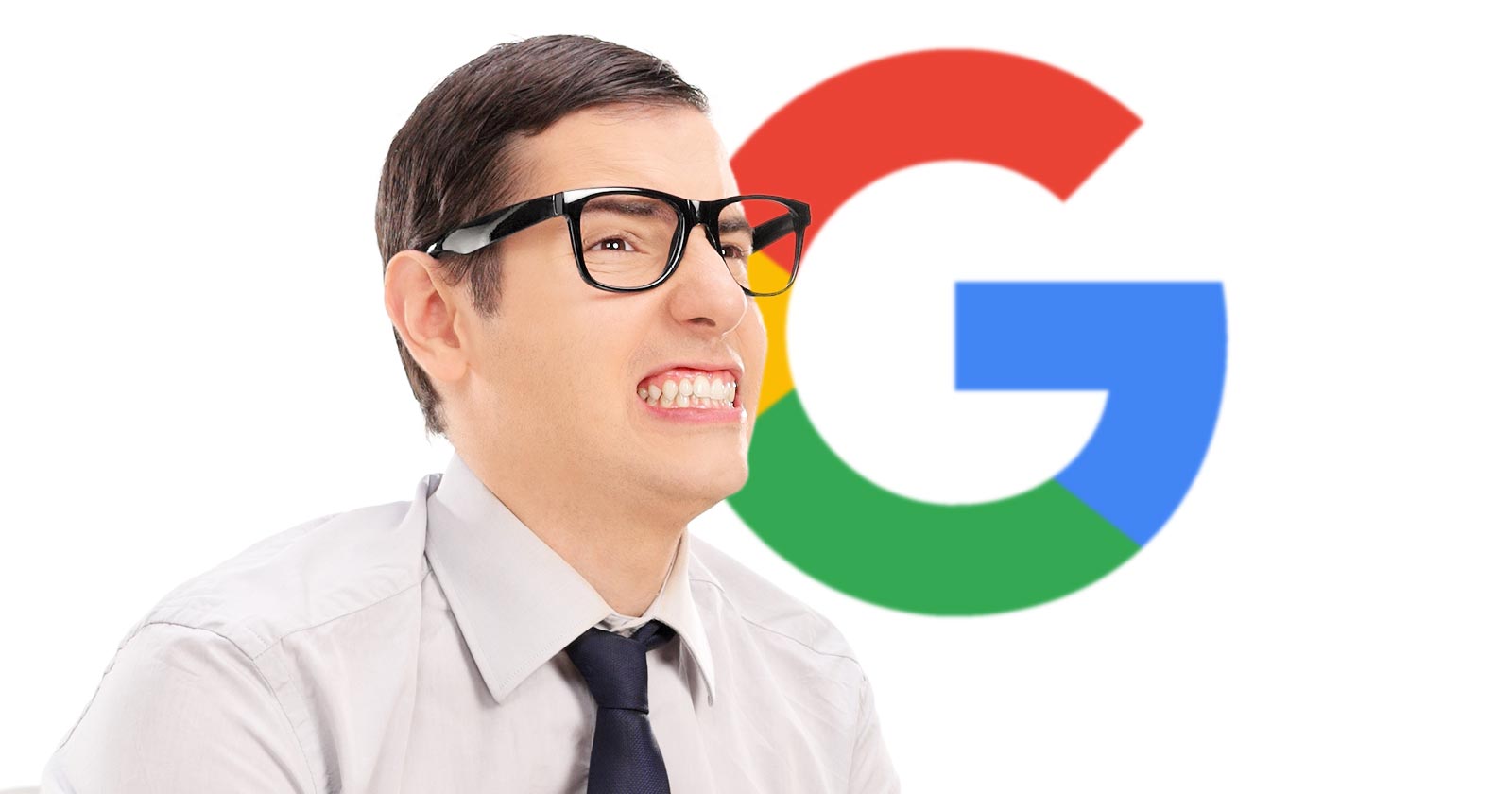Google's Transitional Strides towards Integrating AI in Search and Advertising
Prominently highlighted in Google's Marketing Live keynote was a striking new element in the realm of visual search—a sophisticated interplay of AI-generated search results and advertisements. This transformative initiative hints at a quietly evolving experience where AI-assisted search and advertising seamlessly blend, while concurrently engaging users quite like never before.
The Intricacies of Google Lens
Among Google's many offerings, Google Lens presents itself as quite an anomaly. Boasting features that ease tasks for users, it subtly transitions from a handy assistant into a veritable shopping aide. This unconventional confluence of serving users while simultaneously redirecting them toward purchase options so distinctive that it defies traditional advertising categorizations.
Google's Emerging Visual Search Traffic
An Introduction by Sylvanus Bent
The keynote, masterfully delivered by Google's Group Product Manager Sylvanus Bent, unraveled the promising prospects of the forthcoming version of Google Lens. Built to discover and supply information with a purpose to facilitate purchases, its design and functionality may prove instrumental in directing traffic to corresponding websites.
"…whether you’re snapping a photo with lens or deploying it to investigate objects on your social feed, visual search paves avant-garde routes to explore whatever catches your eye. We recently unveiled a refurbished results page for Visual search. In the near future, an extensive selection of results, encompassing images, videos, web links, and knowledge graph facts will grace the screen. Besides fulfilling user information needs, it carves fresh discovery paths for websites."
The tangible impact of this approach on website traffic and its quality, however, remains speculative. Will curious users delve deeper and consume lengthier content? Will they engage with product critiques?
Fruitful Encounters with Visual Search Results
Ever imagined finding a swanky suitcase at the airport baggage claim area and instantly knowing its purchase avenues? Sylvanus shows us exactly how. With Google Lens, a quick snap of the desirable object and you are swiftly directed to the shopping options.
"No words, no problem. Just activate Lens, take a fleeting picture and instantaneously be greeted with buying options. Remarkably, shopping ads have been positioned at the crest of the results on associated searches—affording businesses an opportunity to cater to consumer needs. This feature will expedite purchases for something that had originally seized the user's attention."
Though these image-centric shopping ads dominate the search results space, they pale in comparison to the revolutionary advertising inbound with Google's revamped visual search—introducing paid promotions within an AI Assistant's ambience.
Interactive Search Shopping: A New Breed of Advertising
Sylvanus further illustrated an innovative rendition of advertising—deeply infused with AI within the search framework. This format hinges around notions beyond mere offer or advertising—in his words, "it’s an experience." He refrains from attributing an 'advertisement' label to the concept as it surpasses the traditional confines of advertising by blending search and advertising into AI-powered suggestions—paid suggestions, to be precise.
"And next, imagine a world where every search ad offers more than just a deal. It’s an immersive interaction—a potent tool to engage customers more directly. We are venturing into the realm of search ads that present AI-backed suggestions across various domains. Allow me to unveil an upcoming exemplar adding nuances to retail."
He scripts a likely scenario where a user seeks temporary storage options for their furniture and refers not to any regular advertisement but to a dynamic ad experience. The user is walked through the process of uploading room images showcasing their furniture, subsequently receiving an AI-generated inventory of items, recommendations for storage unit size and type, and an estimate of packing supplies needed—effectually morphing the storage query into a shopping excursion for packing materials.
"You initiate a search for short term storage and encounter an ad for Extra Space Storage. Tapping onto it launches a new dynamic ad experience. You can select and upload photos of your rooms, presenting how much furniture is involved, and then Extra Space Storage, facilitated by Google, AI churns out a description of your belongings for you to confirm. Subsequently, it suggests the optimal size and type of storage unit and even calculates how much packing supplies you'll need. You carry on to the website to wrap up the transaction. This elevates the notion of a helpful ad to a fresh pedestal. Barring physically moving your items, it assists you completely, which is quite an achievement."
An Advertising Disguised as an AI Experience
What Sylvanus expounds upon is the meticulous assimilation of paid product suggestions into an AI-guided search. This inventive style of advertising is so ahead of its time that it escapes the boundaries of standard advertising terminology. As we probe deeper into the sphere of tech-enhanced helpful AI search, we must question: When does AI search merely become a framework for introducing paid recommendations?
Image/Photo credit: source url
[ad_2]



